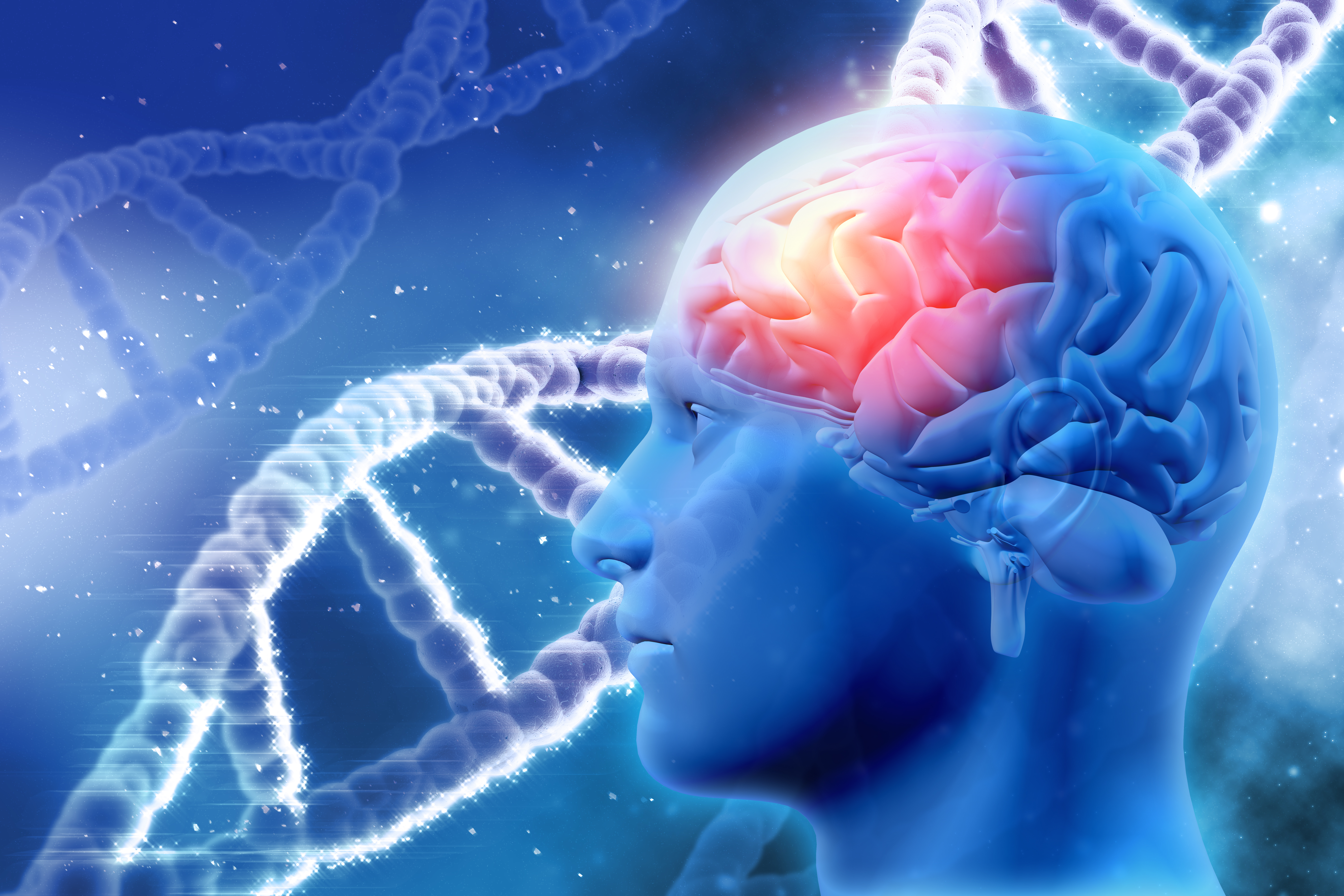
Arthritis and its Symptoms to be taken care of against them
Arthritis and its Symptoms to be taken care of against them
Arthritis is a condition that affects millions of people worldwide. It is a broad term used to describe a group of diseases that cause inflammation and damage to the joints in the body. Arthritis can affect people of all ages, genders, and races, but it is most seen in older adults.
There are over 100 different types of arthritis, but the most common types are osteoarthritis (OA) and rheumatoid arthritis (RA).
Osteoarthritis, also known as degenerative arthritis, is the most common type of arthritis. It occurs when the cartilage that cushions the joints breaks down, causing the bones to rub against each other. This can result in pain, stiffness, and swelling in the affected joint. Osteoarthritis is often seen in the hands, hips, and knees.
Rheumatoid arthritis is an autoimmune disorder that occurs when the body's immune system attacks the joints, causing inflammation and damage. This can lead to pain, stiffness, and swelling in the affected joint, as well as fatigue, fever, and loss of appetite. Rheumatoid arthritis can affect any joint in the body, but it is most commonly seen in the hands, wrists, and feet.
Other types of arthritis include psoriatic arthritis, gout, lupus, and ankylosing spondylitis. Each type of arthritis has its own unique set of symptoms and treatment options.
Symptoms of arthritis can vary depending on the type and severity of the condition. Common symptoms include pain, stiffness, swelling, and limited range of motion in the affected joint. In some cases, the joint may also feel warm to the touch, and there may be redness or tenderness in the surrounding area.
While there is no cure for arthritis, there are several treatment options available to help manage symptoms and improve quality of life. These may include:
1. Medications: Pain relievers, anti-inflammatory drugs, and disease-modifying antirheumatic drugs (DMARDs) may be prescribed to help reduce inflammation and manage pain.
2. Physical therapy: Exercises and stretches can help improve range of motion, strengthen muscles, and reduce pain.
3. Occupational therapy: This can help individuals learn new ways to perform everyday tasks that may be difficult due to arthritis.
4. Lifestyle changes: Maintaining a healthy weight, staying active, and avoiding activities that put too much stress on the joints can help manage symptoms and slow the progression of arthritis.
5. Surgery: In severe cases, joint replacement surgery may be necessary to replace damaged or worn-out joints.
In conclusion, arthritis is a common condition that can cause pain, stiffness, and swelling in the joints. While there is no cure for arthritis, there are several treatment options available to help manage symptoms and improve quality of life. If you are experiencing symptoms of arthritis, it is important to speak with your healthcare provider to determine the best course of treatment for your individual needs.



0 comments